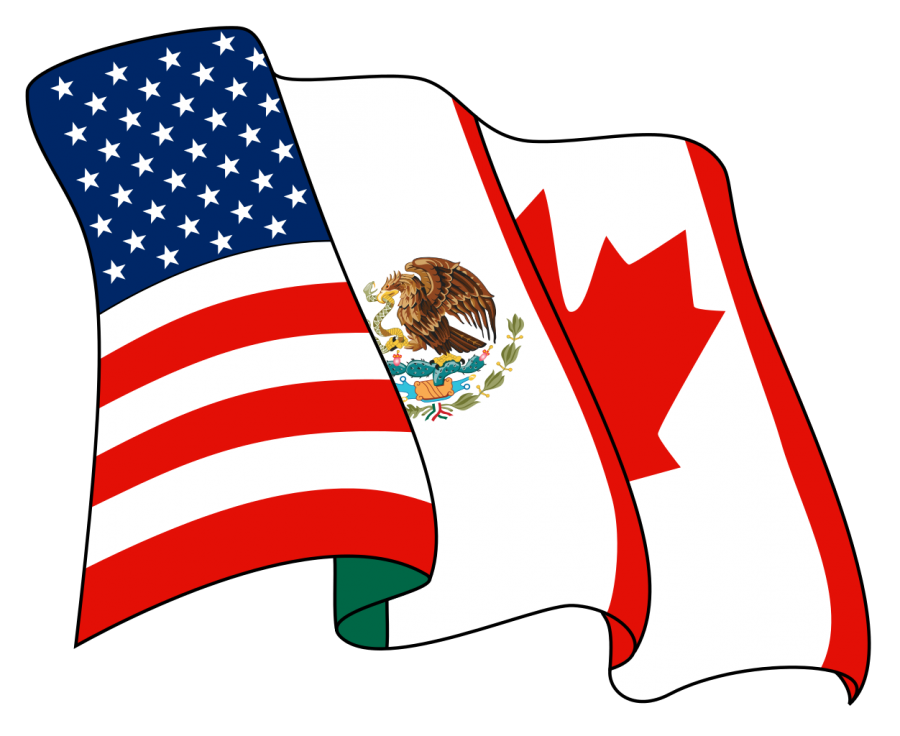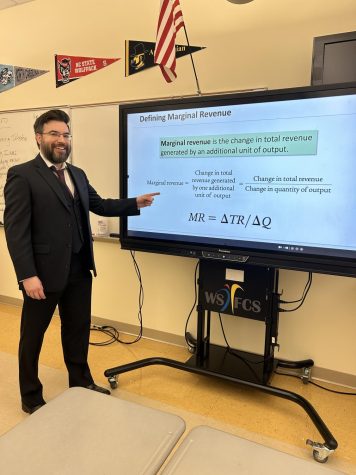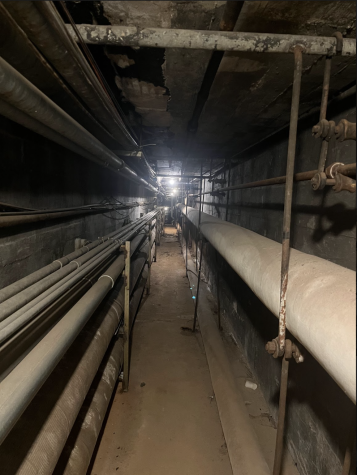Is NAFTA done for?
February 23, 2019
By George Binkley
Just over twenty years ago, the North American Free Trade Agreement (NAFTA) was created to encourage free trade between the three North American countries. Now, all of that is about to change.
NAFTA allowed North American goods to cross through Mexican, US and Canadian borders, adding up to $1.2 trillion in annual trade. This includes agricultural and automotive goods going through the borders tax free.
President Trump has created a new trade deal involving Mexico and the United States, cutting Canada out of the deal. Canada had until Friday, Sept. 1, to decide whether or not to join the new deal and rewrite some of their rules.
Canada has not yet joined the new deal and President Trump now wants to negotiate more trade deals with Canada over the course of the next 90 days.
Opinions of the deal are varying, including thoughts that this new trade deal is not going to work and should not go through, believing that NAFTA was the better deal and should remain how it is. But some views promote the new deal, saying more car parts must be made by higher paid workers.
“I think the old one is better because this new one seems aggressive and it’s making problems with Canada and labor workers. Most economists say that changing the NAFTA laws will negatively affect the economy and cost us jobs.” sophomore Alex Green said.
There are some people who are skeptical as to whether or not the new laws will be enforced. They are afraid corporations will abuse them.
“Generally speaking, when two countries enter into a trade deal, the fail safe is to have both countries give both countries the ability to certify the requirements of the law, sort of mutually, so both countries that are party to it are going to have a hand in potentially signing off, ensuring that the other is complying. It’s not a matter of self importing, there’s sort of a fail safe measure, but it is all done in good faith.” civics and economics teacher Cristofer Wiley said.
Mexico has approved some new rules with this trade deal, including agreeing to produce seventy five percent of the automobiles parts and aminities, up from the previous sixty two and a half percent.
Mexico is also required to use more local resources: including steel, aluminum and glass.. This allows for less imports of resources.
Agricultural products and goods will remain tariff free. There is still no required renegotiation every five years.
The new deal is supposed to benefit workers, both in the US and Mexico.
“So again, American businesses have the ability to adjust and to reconfigure according to the existing rules and they’ll be flexible enough to exploit the rules to make a profit, that’s just what businesses do. People don’t just uproot their lives in order to keep a job at GM, now that GM has moved south of the border.” Wiley said.
Photo Provided by Creative Commons













